Best Japanese Milk Bread Dinner Rolls with Tangzhong and a Bread Machine
Sneak Preview: These are the best Japanese Milk Bread Dinner Rolls made with Tangzhong and a bread machine. They are pillowy-soft, tender, and flaky. The rolled-and-cut strips of dough are easy to shape and fun to eat. Don’t miss the whole wheat variation if you like a wheaty flavor and more fiber or the Chocolate Surprise Buns for a bit of fun.
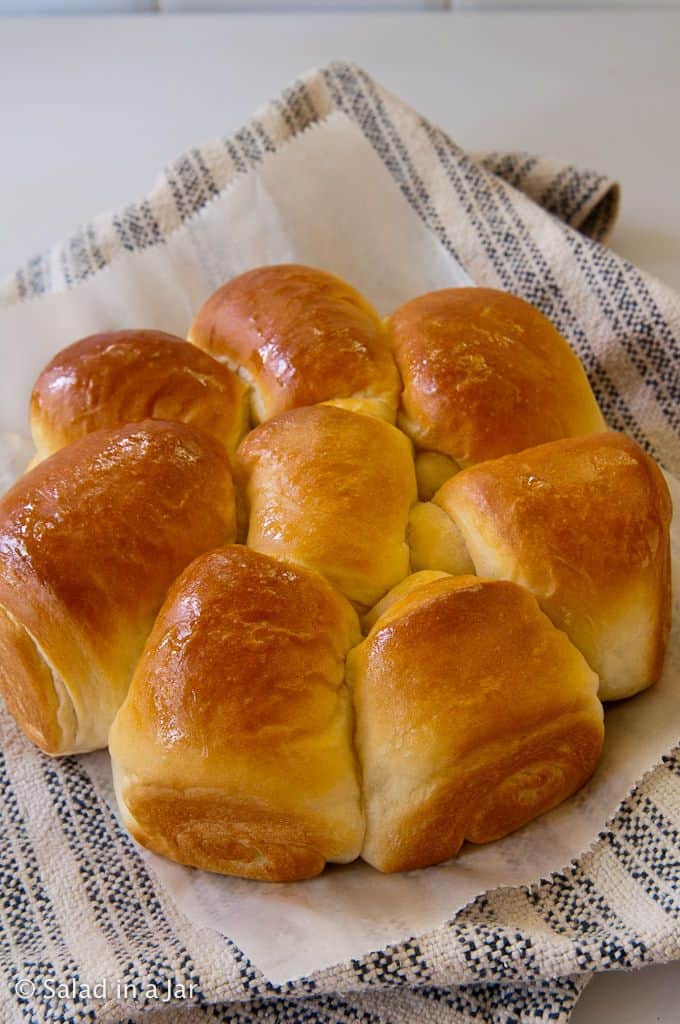
As an Amazon Associate, I earn from qualifying purchases.
Did you know the best and softest dinner rolls you’ve ever eaten can be mixed in a bread machine?
Six Reasons Why This Recipe Will Give You Everything You Want in a Yeast Roll
- Light, fluffy, and flaky
- Flavorful
- An easy-to-do and beautiful shape
- Gorgeous, golden-brown, and soft crust
- Mix and knead with your bread machine
- Although the recipe is written for a bread machine, instructions are included in the recipe notes for using a stand mixer or making these rolls by hand.
Don’t worry. The directions and pictures that follow will show you how to mix, knead, and allow the dough to rise in a bread machine. Shape the dough by hand, let it rise, and bake in a conventional oven. It’s a hands-off way to mix and knead your dough. For those of you who like to play with your dough, you still get to shape them by hand. It’s easy with my method.
Happy Bakers Speak Up
“These dinner rolls are the absolute best! My family thanks you for the recipe… I have made them twice a week for the past few months, and they never get tiring. They are light & fluffy, and a definite keeper. Thanks!” —ANGIE
“I don’t think I ever commented on your blog how much I LOVE these rolls! They turn out so tender and soft. Thanks so much for sharing!” —STACIE
What Is the Tangzhong Technique?
This Japanese technique cooks a small percentage of the flour and liquid (water or milk) in a yeast recipe very briefly before combining the resulting thick slurry with the remaining ingredients.”
kingarthurflour.com
Using the Tangzhong method, this recipe for Japanese milk bread (aka Hokkaido milk bread) includes instructions for making a thick paste mixture or roux with a portion of the milk and flour. This step only adds a few minutes to the process when you use a microwave.
If you don’t have a microwave, use a small saucepan and heat the milk and flour over low to medium heat. Stir until the mixture thickens like gravy.
You will be rewarded with more tender bread that stays fresh longer. We’re talking about 2 or 3 days of just-baked freshness as compared to one day for most homemade bread without preservatives. Having said that, I can’t remember these rolls ever hanging around the house longer than two days.
Why Use a Bread Machine?
A bread machine does a better job of kneading than most of us can do by hand. It’s also a set-it-and-forget-it proposition. After you select the DOUGH cycle, you can forget about it for the next hour and a half with one exception. I always take a peek after about 10-15 minutes to make sure the dough consistency is right.
Ingredients and Substitutions
- MILK: Whole milk makes the richest and most delicious rolls, but any milk will make a good roll. Your milk does not need to be warm when using a bread machine because the friction of the paddles will quickly heat up the ingredients.
- FLOUR: I use unbleached all-purpose flour for the tenderest rolls possible. If you want a chewier roll, use bread flour.
- EGG: The recipe is written for large-size eggs. If you use something larger or smaller, you will likely need to adjust the amounts of liquid or flour to make the dough the perfect consistency.
- HEAVY CREAM: Use heavy cream or one egg yolk to add even more richness to these decadent dinner rolls.
- SUGAR: I tested this recipe with granulated white sugar. Honey might work, but I haven’t tested it.
- SALT: Use table salt or sea salt. If you use Kosher salt, add ¼ teaspoon more.
- BUTTER: Use cold, chopped butter. There is no need to soften or melt the butter. I use unsalted butter. If you want to use salted butter, reduce the salt by ¼ teaspoon.
- YEAST: Bread machine or instant yeast is the easiest and most predictable yeast. If you only have active dry yeast, add an extra ¼ teaspoon, as active dry yeast can be a little slower to rise.
Can I Form the Dough into Different Shapes?
Yes. That’s the fun part about making your own bread. Some of my favorite shapes are balls, crescents, and rolls, as you see here.
Cutting and slicing are easier than making little balls, especially for beginners. Admittedly, they don’t look quite as perfect. That means they won’t be mistaken for store-bought rolls at first glance.
The rolls shown here are more fun to eat, too. Who doesn’t love to unroll the layers of his or her dinner roll?
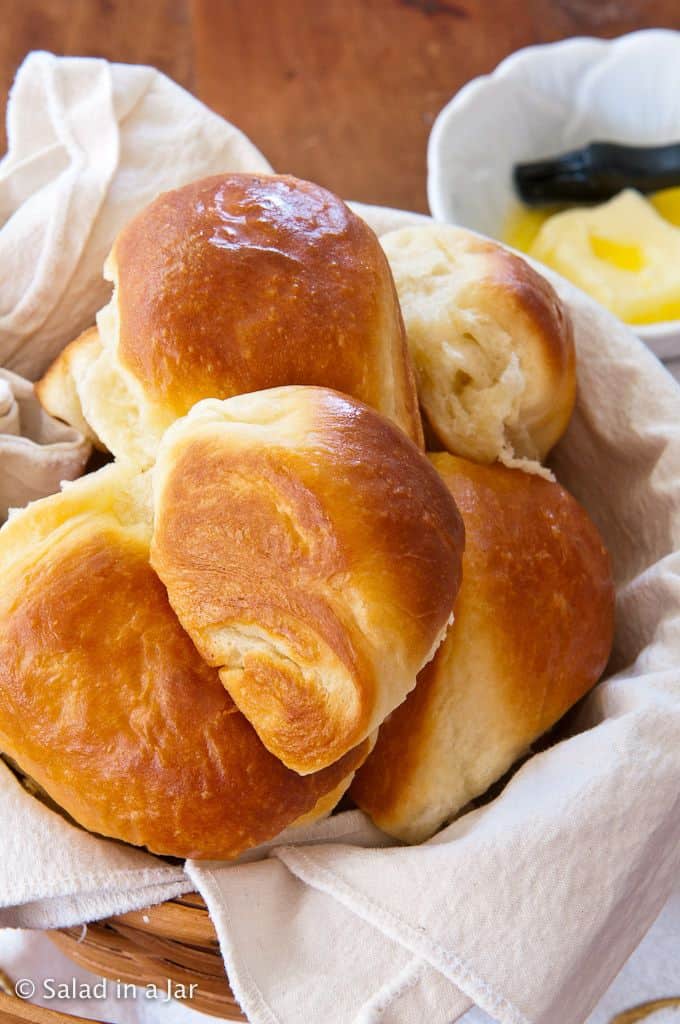
Variations
Whole Wheat Tangzhong Rolls
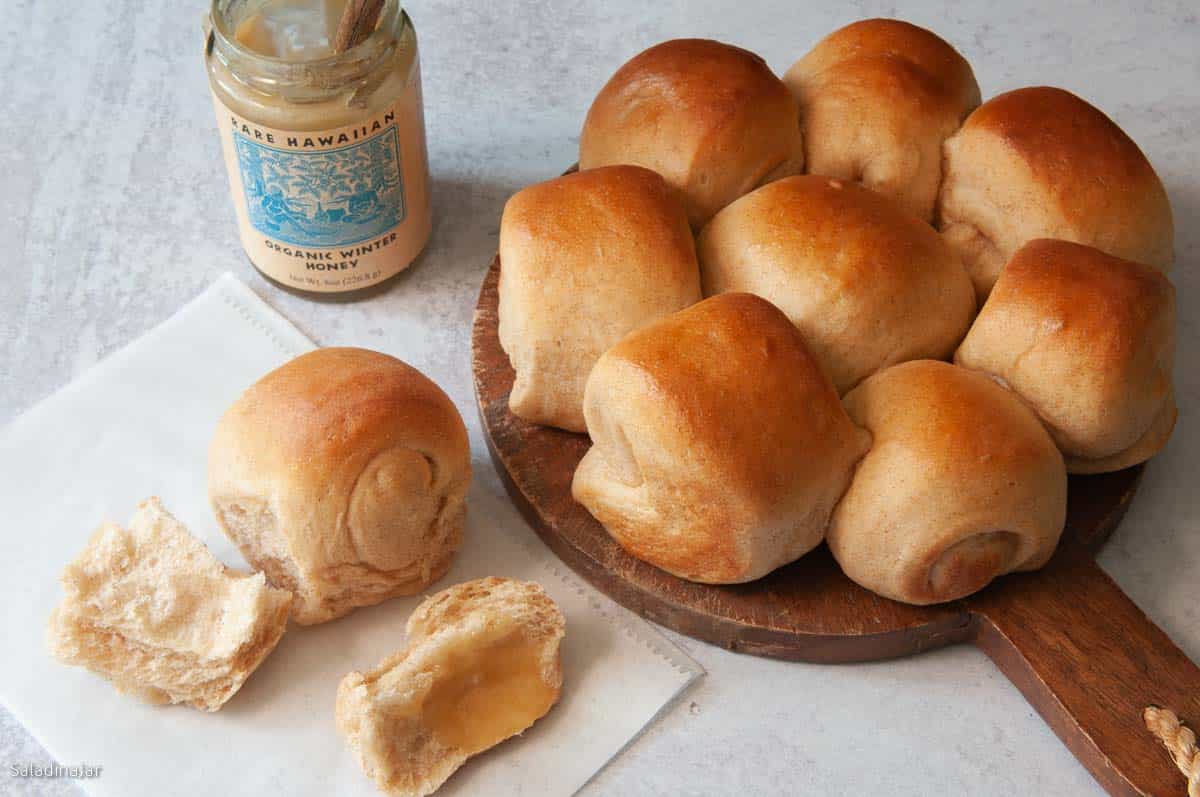
To make these whole wheat Japanese milk bread rolls, substitute 1 cup (120 grams) of whole wheat flour for 1 cup (120 grams) of all-purpose flour. Everything else remains the same.
Chocolate Surprise Buns
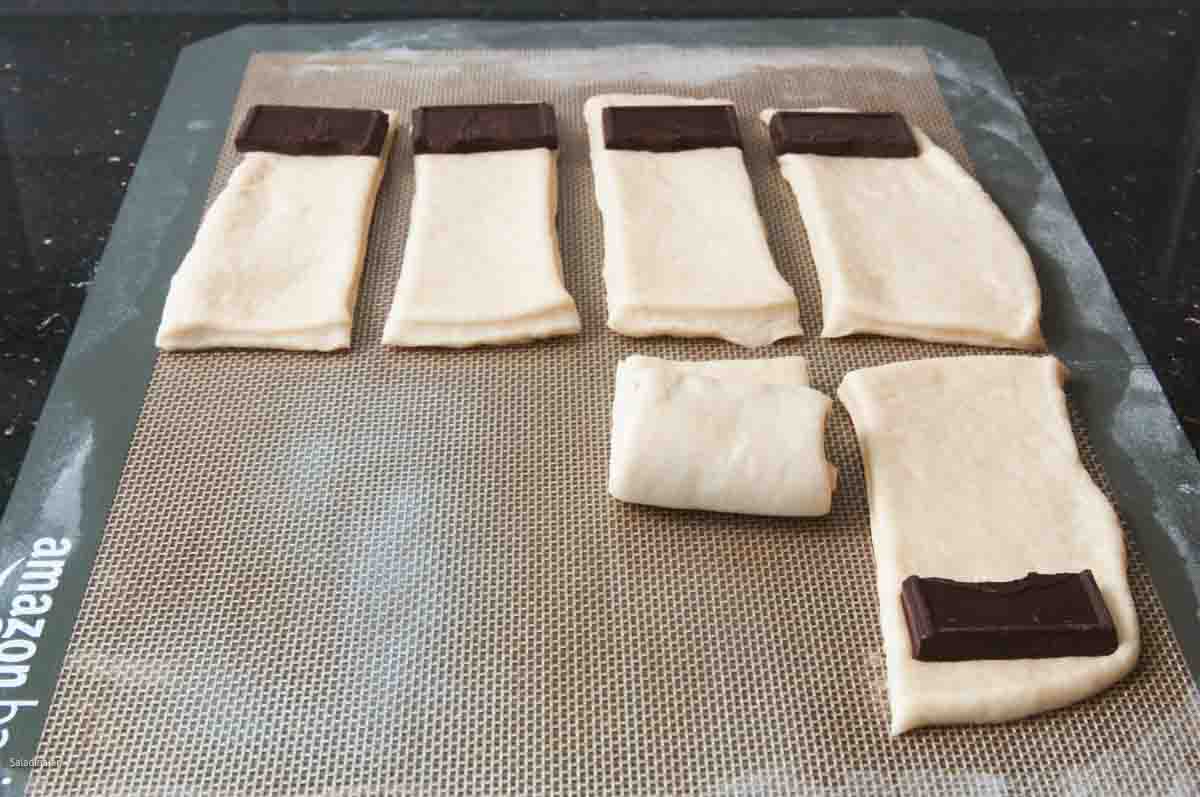
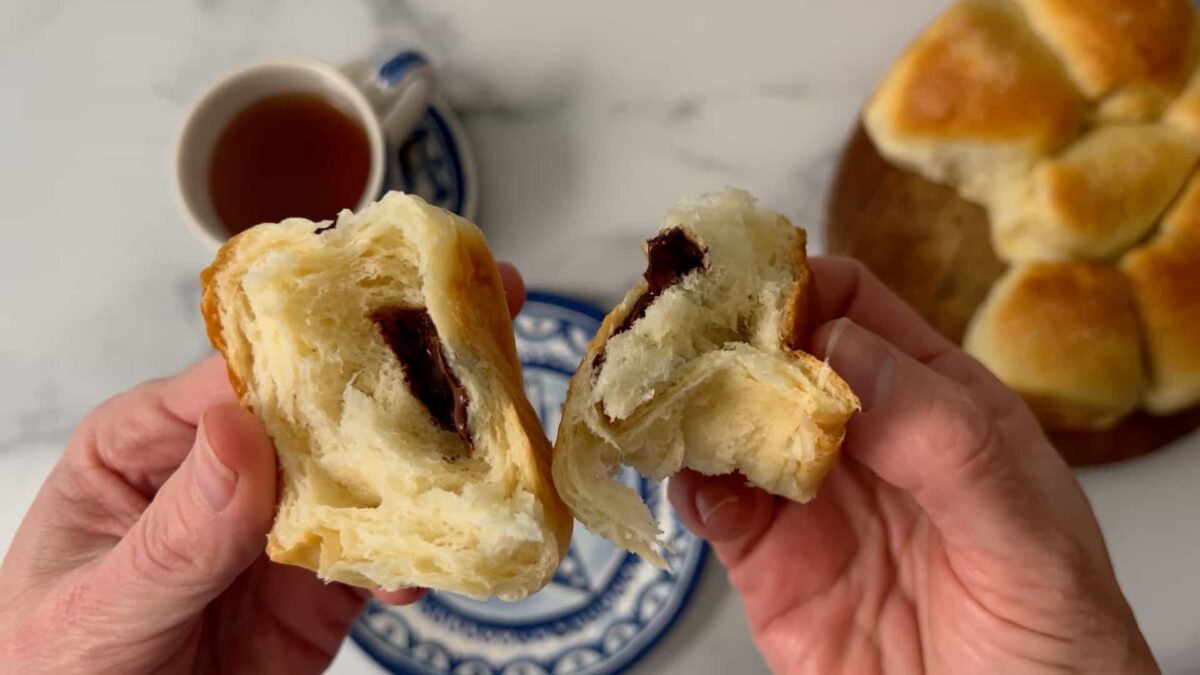
How To Mix Japanese Milk Bread Rolls
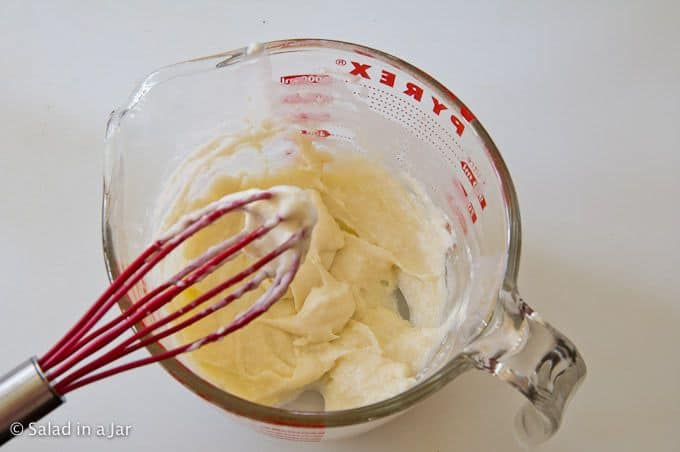
Don’t worry if there are a few small lumps. However, if you accidentally let it overcook into a single mass, it’s best to start over and watch it closer.
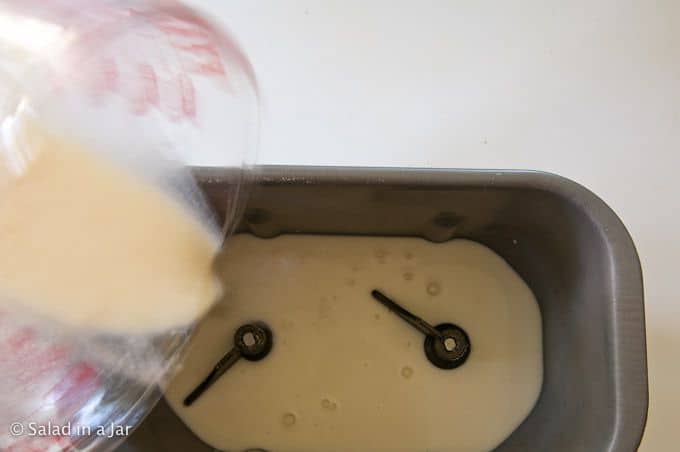
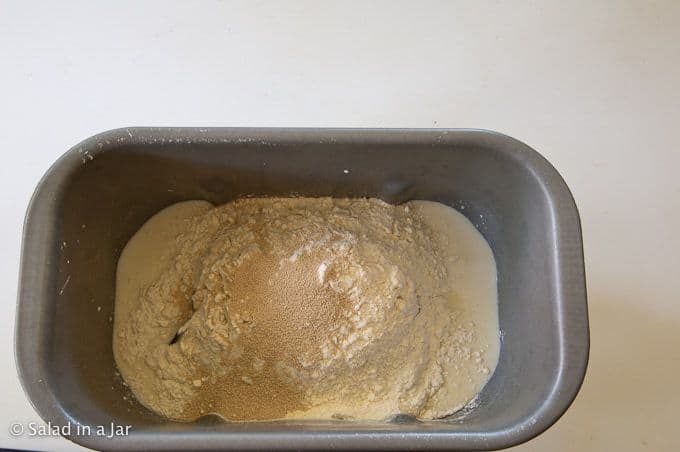
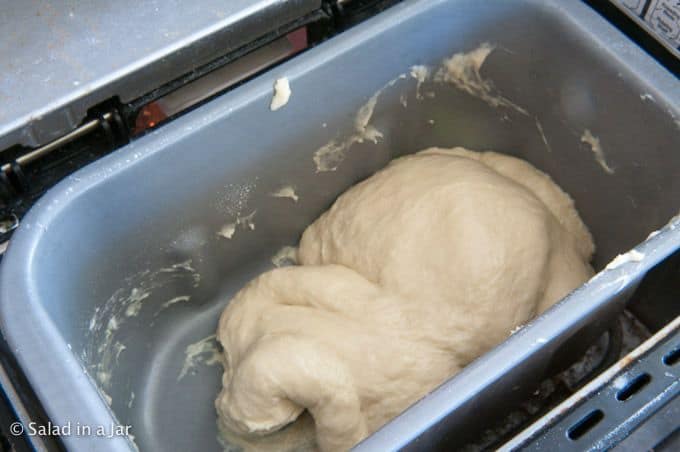
The dough should look similar to the picture above when the kneading has finished. You may still see a little dough underneath the paddles, but that’s OK.
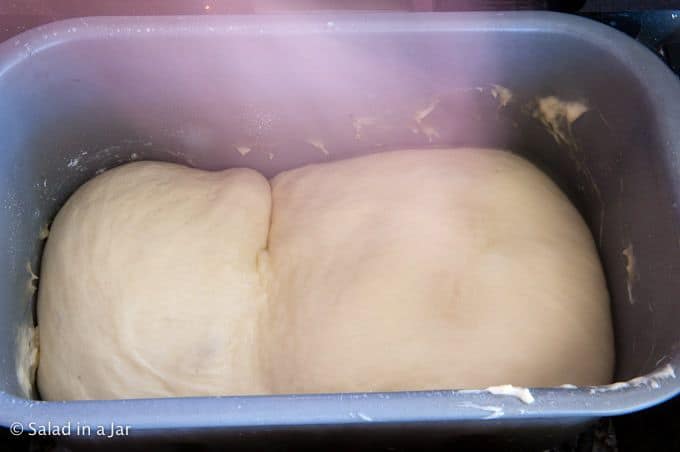
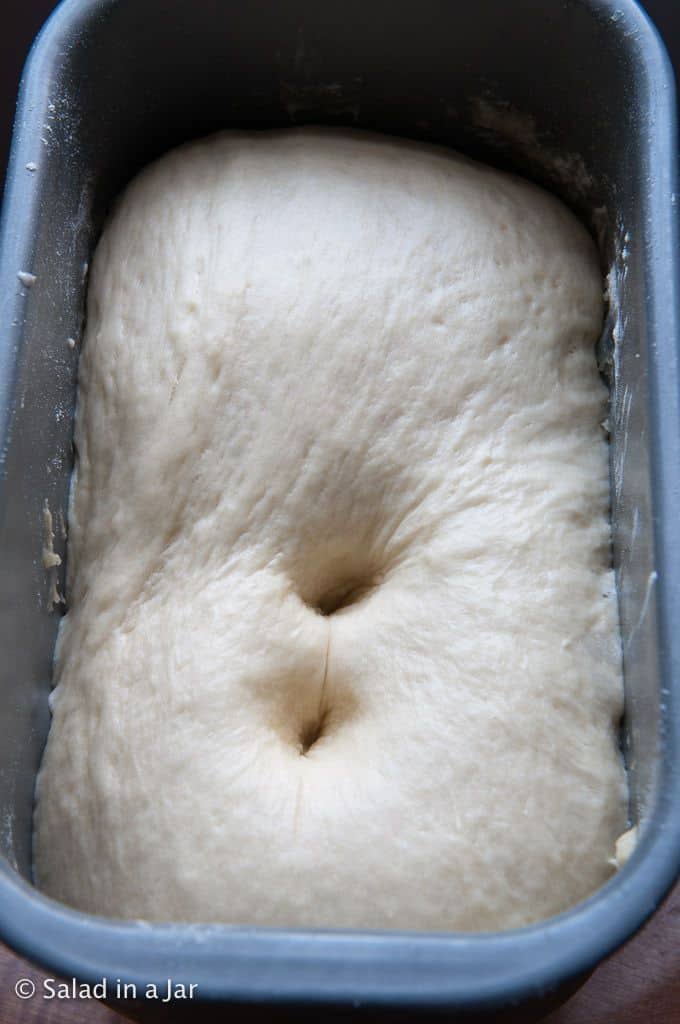
How To Shape the Tangzhong Dough
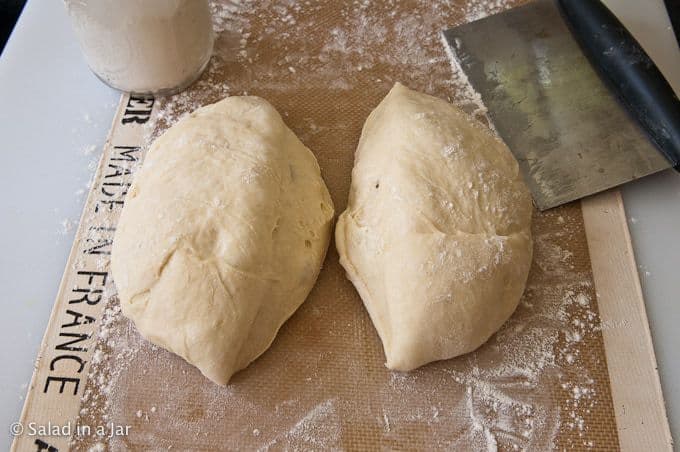
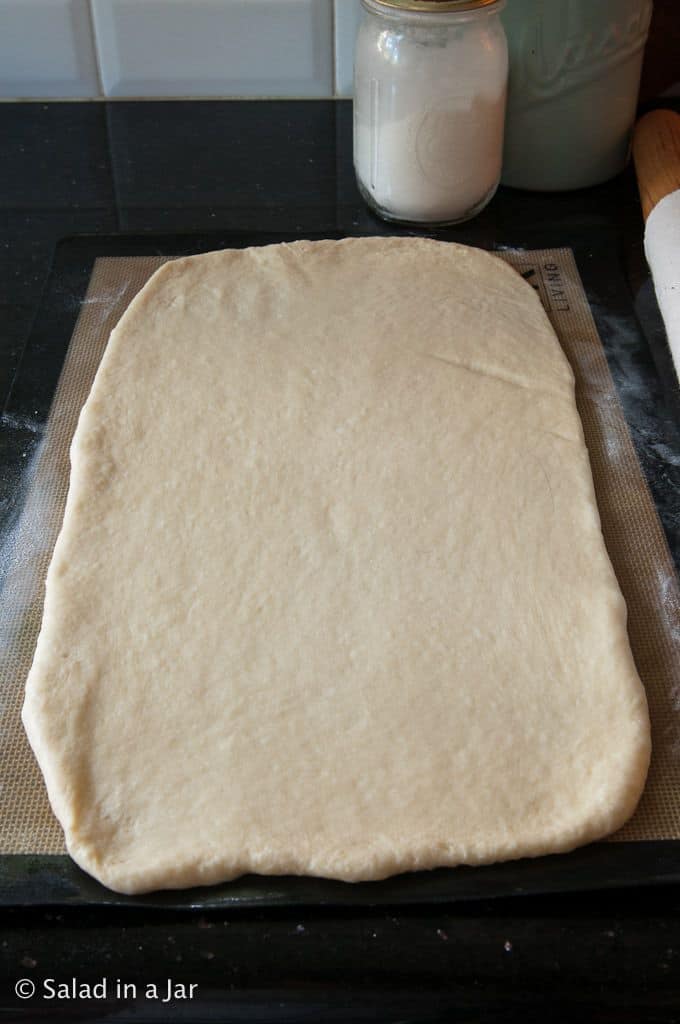
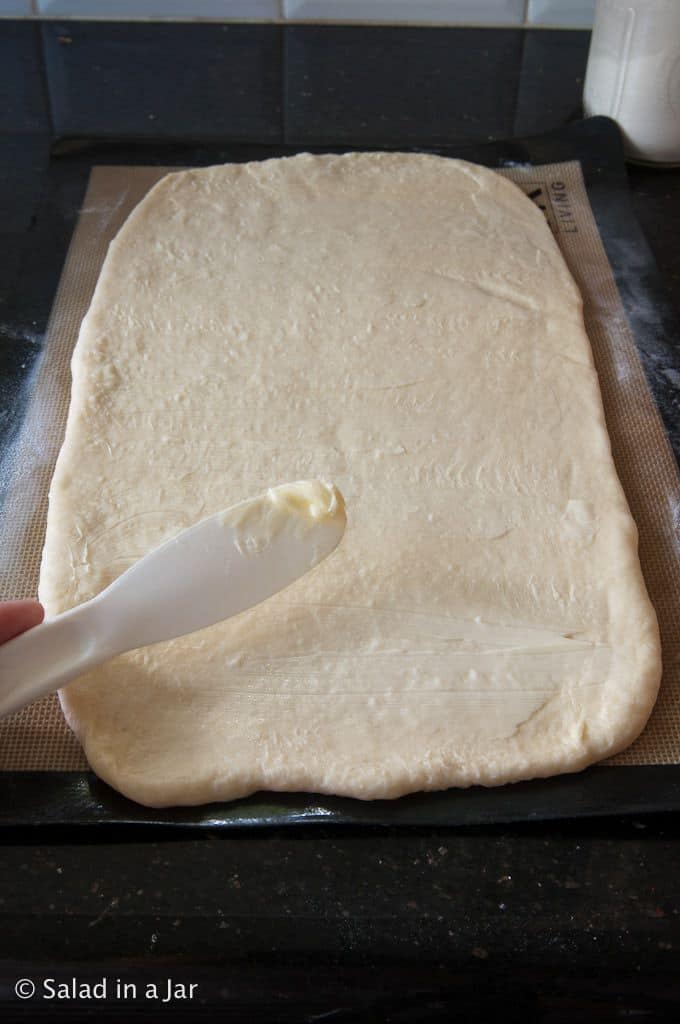
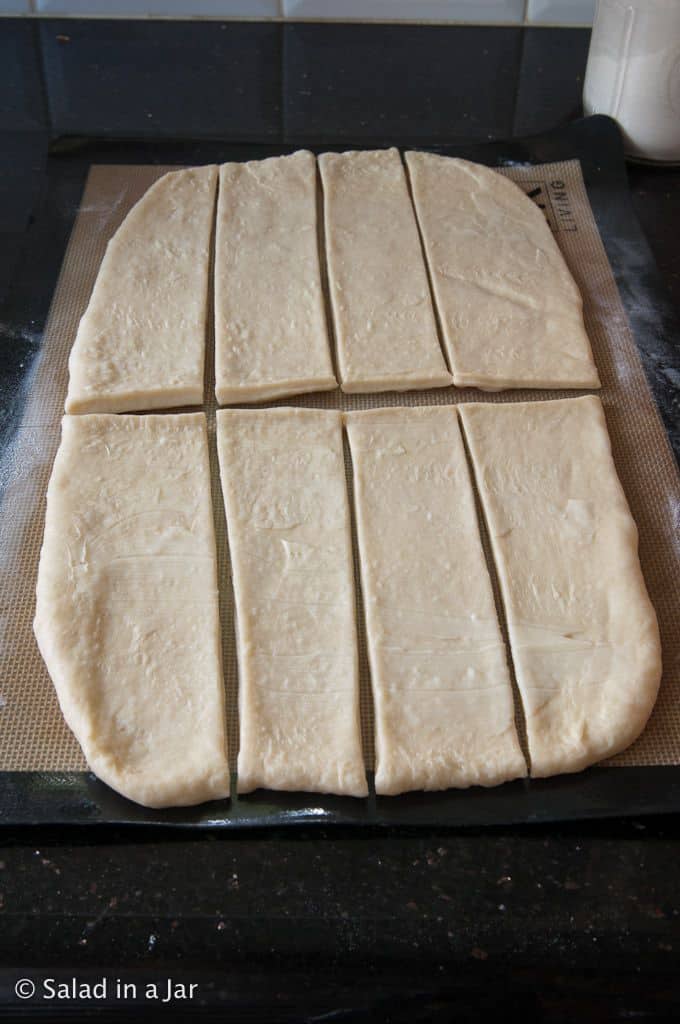
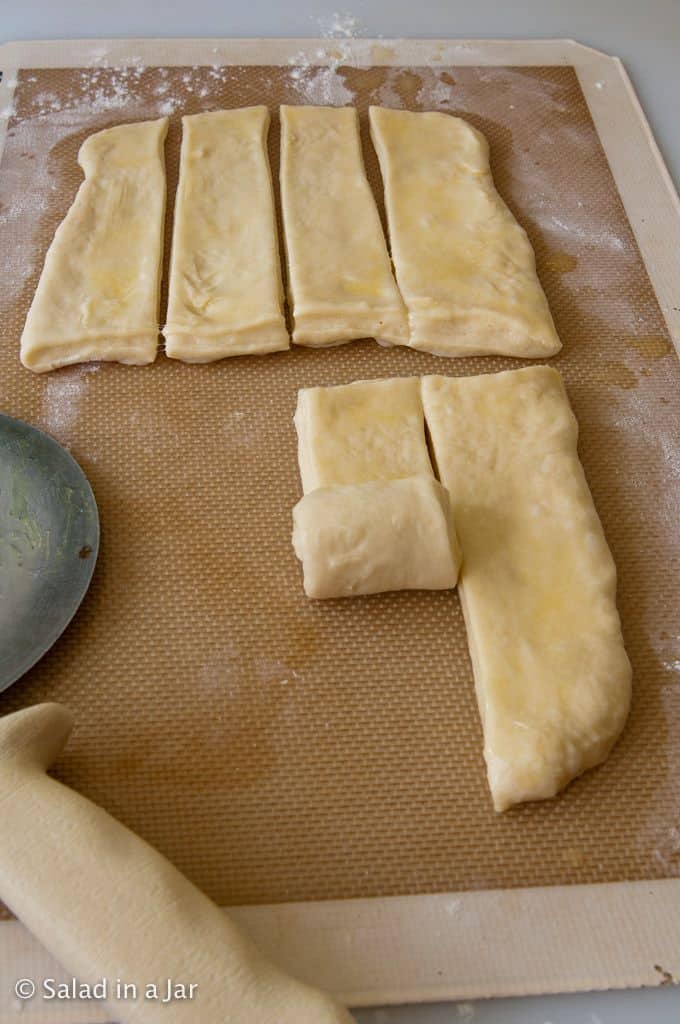
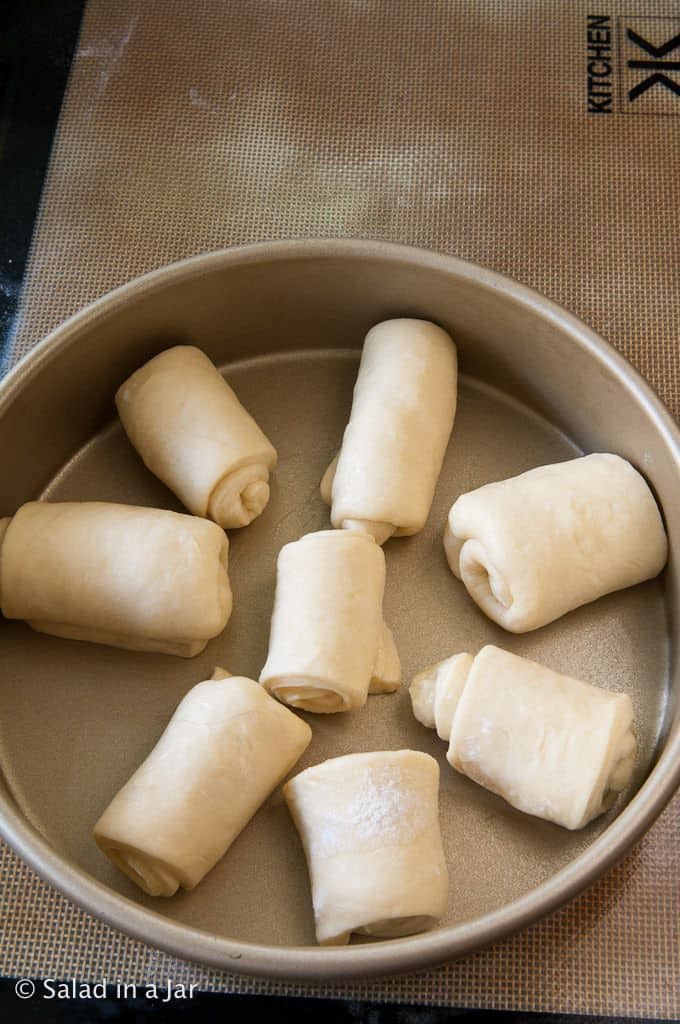
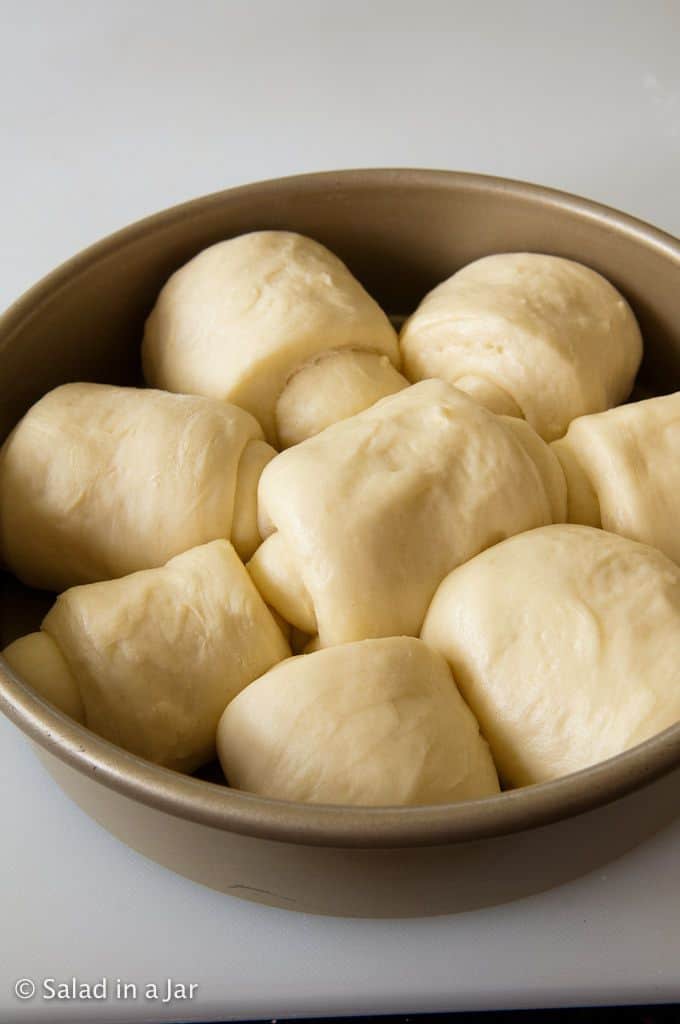
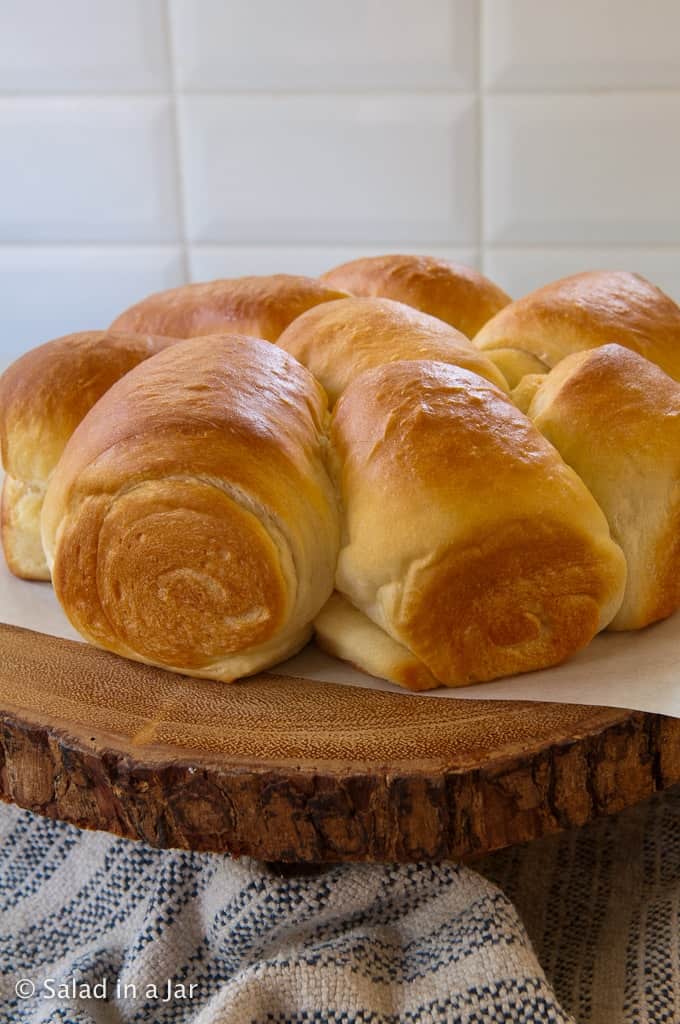
FAQs About Tangzhong or Japanese Milk Dinner Rolls
If rolls get too brown before time is up, lay a piece of foil loosely on top. Be sure they are done in the middle before you pull them out of the oven. “Doughy” interiors will cause them to cave in as they cool. Use a quick-read thermometer to check the internal temperature, which should reach 190˚F (88˚C) to 195˚F (90˚C).
Buy yourself a quick-read digital thermometer. Here’s another that’s less expensive. (paid links) Bread should be 190˚F (88˚C) to 195˚F (90˚C).
I highly recommend this method if you are an inexperienced baker or even if you are experienced. Since I started testing my bread with a thermometer, raw bread is history in my kitchen.
Leaving rolls in the pan too long after baking will cause them to sweat and end up with soggy bottoms. Within 5 minutes after removing them from the oven, turn them out of the pan onto a wire rack.
Because of the milk solids and eggs in the recipe, the rolls will brown nicely without a glaze. Brushing them with butter while they are still warm will make them temporarily shiny. However, when the rolls cool, the shininess will disappear.
Yes. Make the dough on the DOUGH cycle. After that, shape the rolls and chill them in the fridge overnight. The next day, allow the rolls to come to room temperature and rise until almost double before baking.
If you want to freeze the unbaked shaped rolls ahead of time, place the rolls on a tray in the freezer until they are hard. Remove them from the tray and drop them into a (double) plastic bag.
When ready for hot rolls, take out as many rolls as you need. Allow them to thaw and rise(2-1/2 to 3-1/2 hours) before baking as instructed.
Yes, see the notes in the recipe for how to do it.
Parting Thoughts: This recipe is easy, but if you are a complete newbie at baking bread, take a look at my super easy recipe for Classic Dinner Rolls. If you love these Japanese Milk Bread Dinner Rolls, the next step is to try my Tangzhong Cinnamon Rolls. And please. Invite me to help you eat them as I can’t have them in my house. They are way too dangerous.
Addendum 8/26/23: As usual, I’ve been messing with this recipe to make it easier and better. There are some minor changes to the milk and flour amounts and the directions. I wanted to make the recipe easier to follow and, of course, produce even lighter and flakier rolls. Let me know if you have any questions.
Recipe Help at Your Fingertips: For questions or suggestions, email Paula at saladinajar.com. If you need help, I’m happy to troubleshoot via email (faster than leaving a comment). Attach pictures and as many details as possible for the best advice.
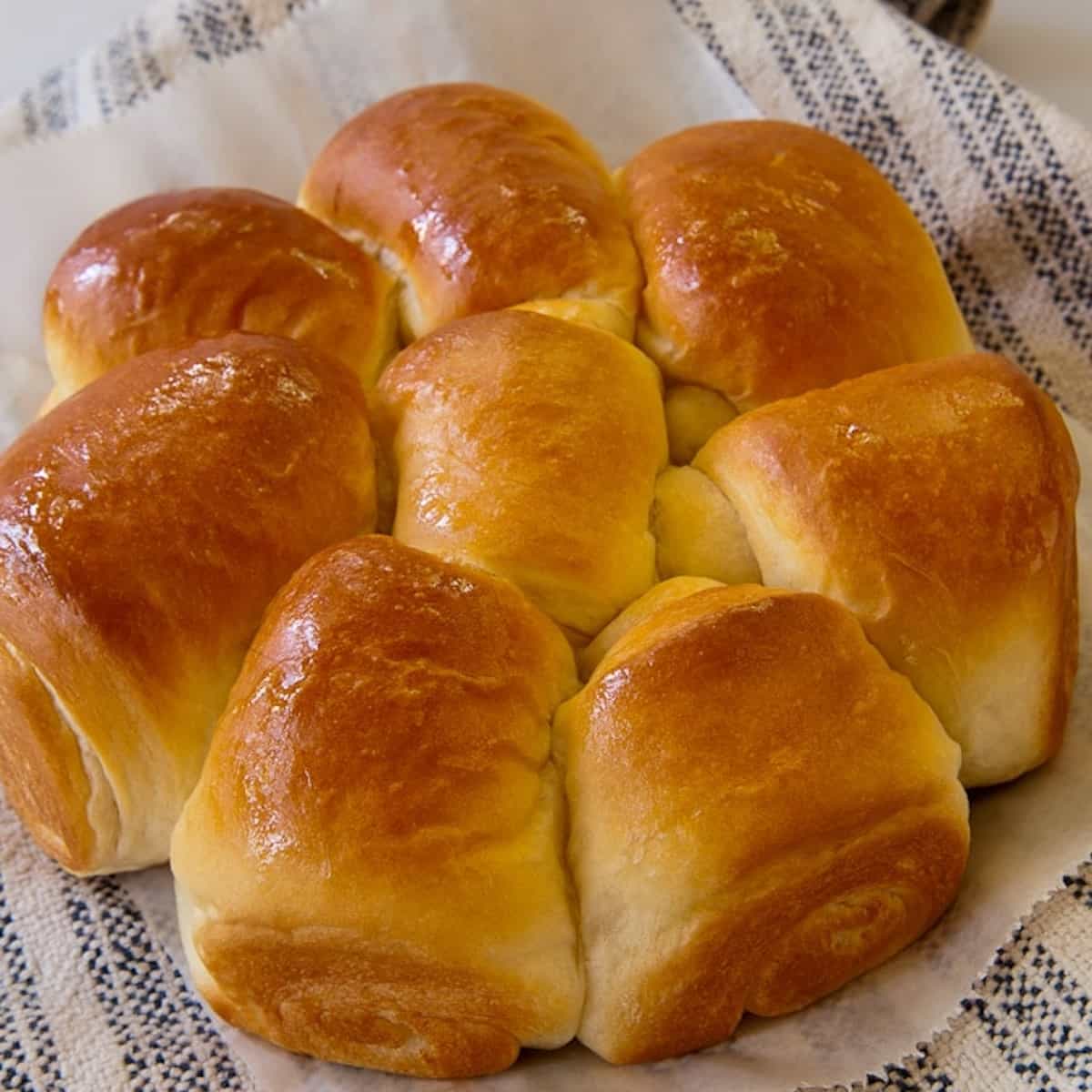
Japanese Milk Bread Rolls made with a Bread Machine
Rate this recipe
(5 stars if you loved it)
Video
Ingredients
Tangzhong Paste
- ½ cup (113 g) cool milk–whole, 2%, or nonfat
- 2 tablespoons (15 g) unbleached all-purpose flour
Dough
- ½ cup (114 g) cool milk
- 1 large (50 g) egg
- 1 tablespoon (14 g) heavy cream OR one egg yolk
- 2 tablespoons (24 g) granulated sugar
- 1¼ teaspoon (7 g) table or sea salt
- 4 tablespoons (57 g) cold butter, chopped
- 2¾ cups (330 g) unbleached all-purpose flour
- 2 teaspoons (6 g) bread machine or instant yeast
Filling (optional)
- 2 tablespoons (28 g) softened butter (28 gr)
Instructions
Making the Tangzhong Paste:
- Measure ½ cup (113 g) cool milk–whole, 2%, or nonfat into a 2-cup microwave-safe measuring cup or Pyrex bowl. Whisk in 2 tablespoons (15 g) unbleached all-purpose flour. Cook on High in a microwave for 45-60 seconds (microwaves vary), whisking every 15 seconds until thickened like pudding.
Dough:
- Add ½ cup (114 g) cool milk to the Tangzhong paste from above and whisk energetically. It’s OK if there are still some lumps. They will disappear in the mixing process. Add to the bread machine pan.
- Add 1 large (50 g) egg , 1 tablespoon (14 g) heavy cream OR one egg yolk, 2 tablespoons (24 g) granulated sugar, 1¼ teaspoon (7 g) table or sea salt , 4 tablespoons (57 g) cold butter, chopped, 2¾ cups (330 g) unbleached all-purpose flour , and 2 teaspoons (6 g) bread machine or instant yeast to the pan. Select the DOUGH cycle. Press “Start.”
- Open the lid and check to ensure the paddles are engaged and the dough starts clumping.
- Recheck 12-15 minutes later to ensure the dough is the correct consistency. It should stick to the side, then pull away cleanly.If the dough is too dry, it may thump against the side of the pan or ride around freely on top of the post. Add milk 1 tablespoon at a time. If the dough is too wet, impossibly sticky, and won’t pull away from the sides, add flour 1 tablespoon at a time. Give the dough time to absorb the flour or milk between each addition.Find out more about this surprising secret to success with a bread machine here.
- When the dough cycle finishes, check to see if the dough has risen to double its original size. If so, remove it to a floured surface. If not, allow the dough to remain in the machine until it has doubled in size. Remove the dough from the pan onto a lightly floured surface.
Shaping and Baking the Rolls:
- Divide dough in half. Form each half into a neat ball, flouring the surface you are working on as needed to prevent sticking.
- Use a rolling pin to roll one dough ball into a 13 x 9 rectangle. Coat with half of 2 tablespoons (28 g) softened butter (28 gr). (The butter is optional: I skip this step with the butter because the rolls hold together better as they rise.) Divide into four equally-sized strips longways, then divide each strip in half shortways. You should have 8 total strips. Roll each strip starting from either of the short ends.
- Place eight rolls into a greased 8-inch pan. Repeat step two with the other half of the dough and another tablespoon of soft butter. Cover with a tea towel or cheap shower cap and set aside to rise again until almost double. This will take an hour, plus or minus, depending on the room temperature.
- Preheat your oven to 375 °F (190˚C) when the rolls are almost ready. Bake rolls on the middle shelf of your oven for 15-17 minutes or until nicely browned and the internal temperature reaches 190˚F (88˚C).
- Remove from the oven and allow to sit for about 5 minutes. Turn rolls out onto a cooling rack for another 10-15 minutes. Brush all over with 1 tablespoon of melted butter. (If you leave rolls in the pan too long after baking, they will sweat and become soggy on the bottom.)
Notes
- To make this recipe in a heavy-duty stand mixer: Add ingredients to the bowl in the same order. Turn on LOW to mix until all ingredients are moistened. Then, using a dough hook, turn the speed to 2 or 3. Continue beating/kneading until dough becomes smooth and elastic (about 5-10 minutes). Cover and allow to rise in a warm place. Deflate dough gently and shape as indicated in the recipe.
- If making by hand: Combine all ingredients into a shaggy ball in a large bowl. Turn dough out onto a floured surface. Knead with your hands until the dough becomes smooth and elastic. This will likely take 10-20 minutes, depending on your experience. Place the dough ball into a greased bowl. Cover and allow to rise until double. Deflate the dough gently and shape as indicated in the recipe.
- Please note: You can substitute active dry yeast. Dissolving it first is optional. Active dry yeast tends to rise slower in the beginning but will catch up eventually.
Equipment
Nutrition
All images and text ©️ Paula Rhodes for Salad in a Jar.com

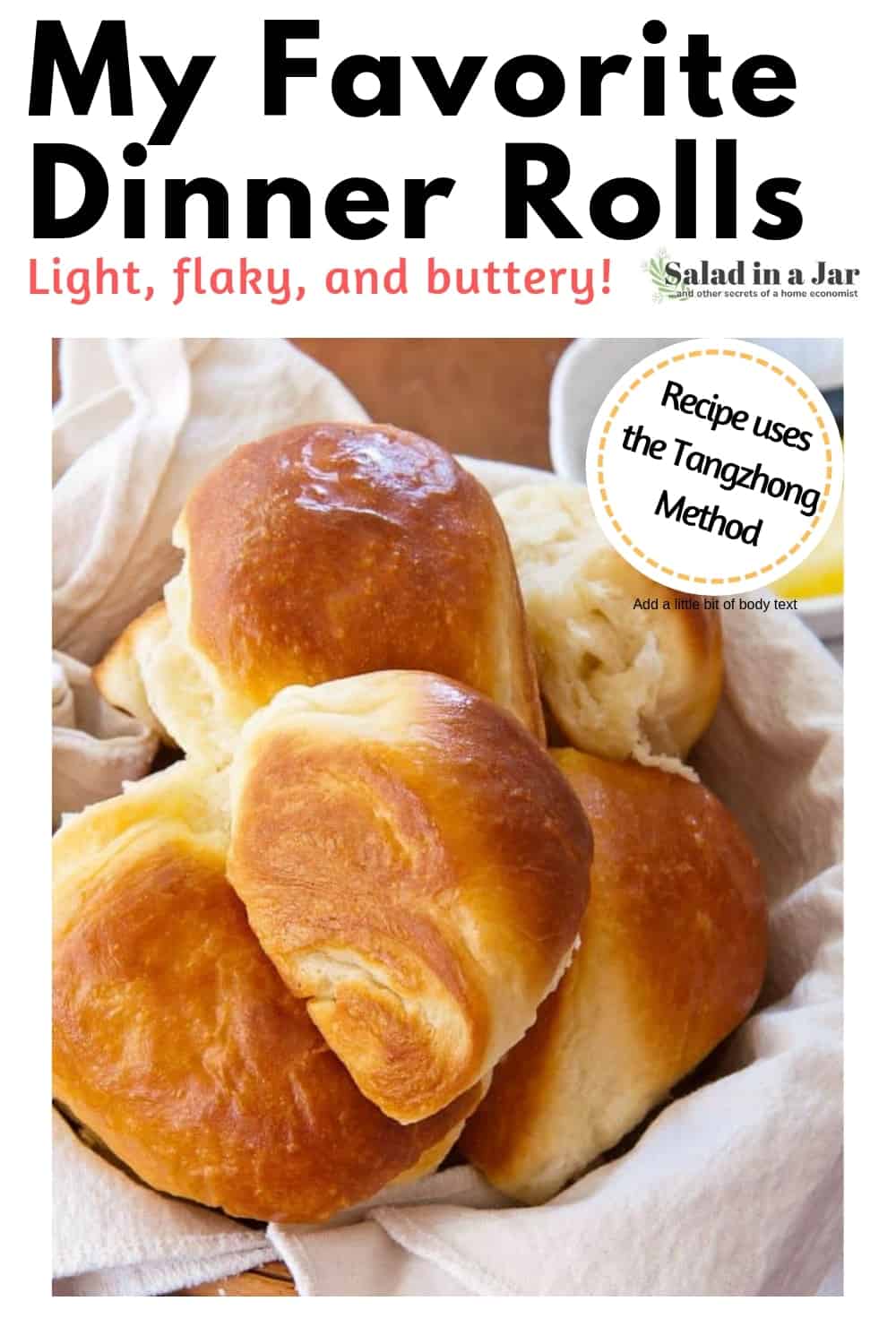
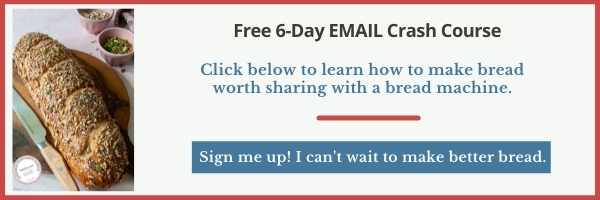

Paula Rhodes, owner
As a retired home economist, I created Saladinajar.com to share my belief that you don’t have to be a chef to find joy in creating homemade food worth sharing. Bread machines (used in an unconventional way), homemade yogurt, and quick microwave recipes are my specialty.